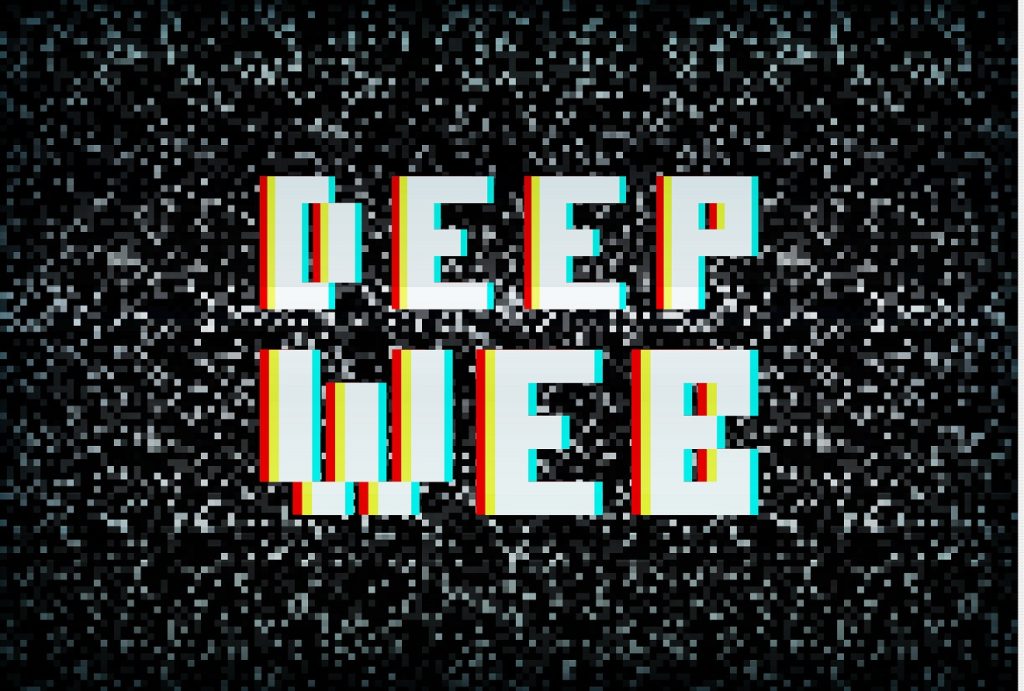What are the differences between the Dark web and Deep web? If we compare the Internet to a city, we can distinguish different zones clearly. Just like a city, the Internet has secure zones and risky zones, fancy neighborhoods where you would like to live in and those areas where it´s better to don’t hang out at night. Here we´ll explain to you how to distinguish between the visible and invisible Internet zones to surf safely.
The Clearnet
There is a lot of confusion out there about the differences between the dark web and deep web mostly due to the incorrect use that media have made of both terms. First of all, it is necessary to take a look at Clearnet.
You probably haven’t heard such a term before but, actually, it is the face of the internet that you use and see every day, in other words, it is the visible content or results that search engines like Google or Yahoo show you as search results.
You may think that most of the internet content is searchable through Google but, believe it or not, the Clearnet occupies just around 10% of the internet space. So, the general belief of Google as an infinite source of internet content is far away from reality.
Research by the University of California in Berkeley discovered that the Deep Web stores 91000 terabytes and continues expanding every day.
Demystifying the Deep Web
The biggest confusion arises when people refer to the Deep Web as the place where all kind of sites focused on illegal activities is located.
Even though the Deep Web can be a refuge for criminals, it also has a positive side, in fact, if a website is part of the Deep Web it doesn’t necessarily mean that it is illegal.
A major part of the website´s content is located in the Deep Web but that content is not indexed by the search engines. So, you will probably not find any links to get there just by a quick search.

Without noticing it, you use the Deep Web every day
30,000 thousand websites are hacked every day in the Deep Web. TOR browser offers the safest protocol to jump into the Dark Web and the Deep Web. The TOR project was created by a non-profitable group in 2006.
To put it clearly, let’s make an example. If you try to find your Facebook timeline just by searching on Google, you probably won´t get any results. The reason is that a huge amount of content on the internet has restricted access and cannot be tracked. We can also mention your e-mail inbox and those websites where the webmaster disallowed the indexation.
As you can see, the Deep Web is present in your most frequent activities online and it has nothing to do with a malefic zone full of cybercriminals.

